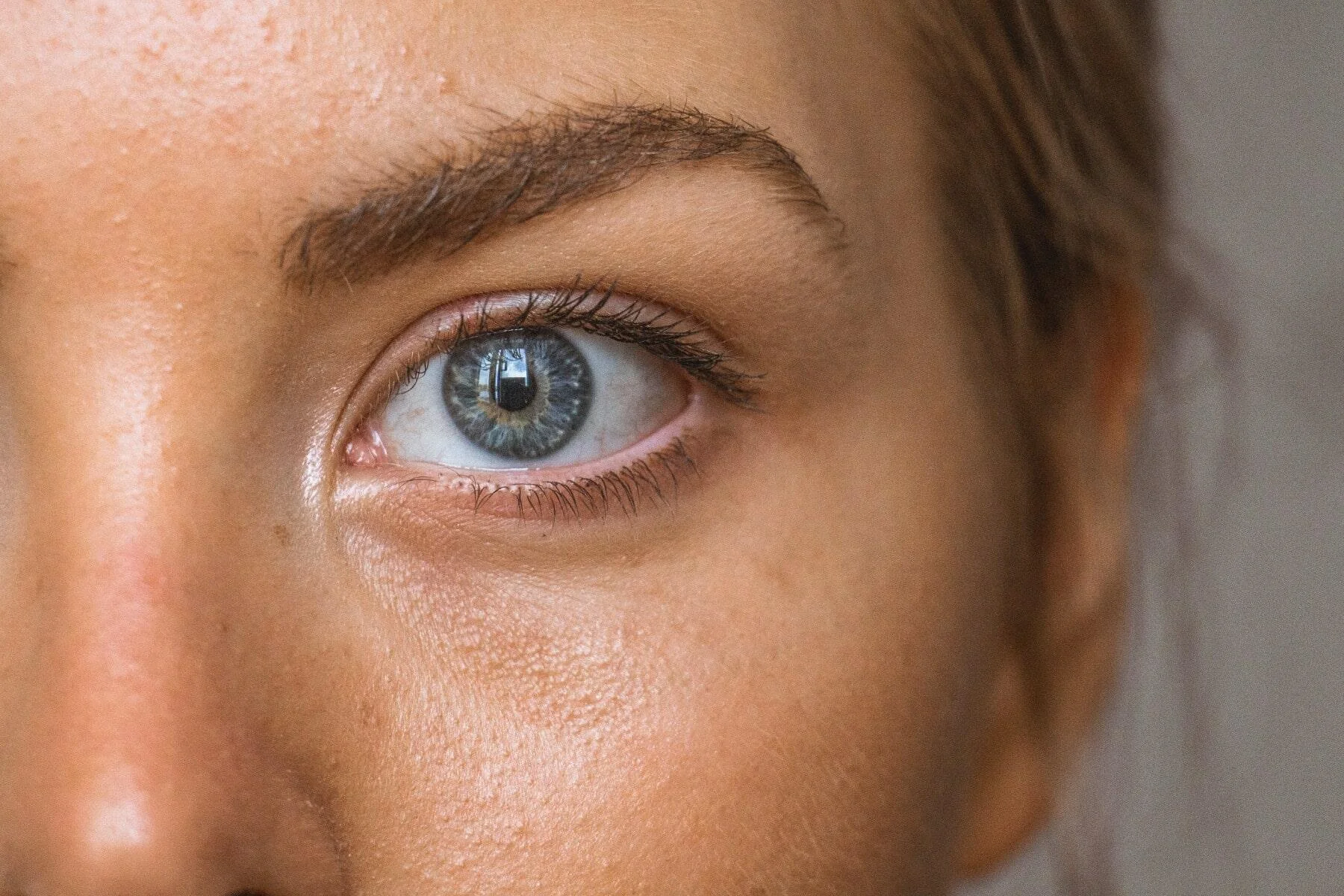

Glaucoma is a stealthy eye disease that occurs when elevated intraocular pressure damages the optic nerve. If left untreated, it can lead to permanent blindness. It is also commonly known as “ocular hypertension.” The disease often progresses without noticeable symptoms, and when detected late, it may cause significant vision loss. However, with early diagnosis and regular treatment, glaucoma can be managed effectively.
More common in individuals over the age of 40
Intraocular pressure is higher than normal
The most common type is open-angle glaucoma
It can progress without symptoms, making regular eye exams crucial
While treatment can halt disease progression, existing damage is irreversible
Eye drops are the first-line treatment
In advanced cases, laser or surgical methods may be necessary
Silent Threat: Because it progresses without symptoms, regular check-ups are essential.
Controlled Management: With proper treatment, the progression of the disease can be stopped.
Anesthesia is not required for eye drop treatment. Local anesthesia is applied before laser and surgical procedures.
Eye drops are the most common method used to lower intraocular pressure. These drops must be used regularly, and some patients may require more than one type.
If eye drops are insufficient, oral tablets that help reduce intraocular pressure can be used temporarily.
Laser therapy may be applied to facilitate the outflow of aqueous fluid from the eye. It is especially preferred in cases of open-angle glaucoma.
In patients who do not respond to medications and laser therapy, drainage channels are surgically created to direct excess fluid out of the eye.
